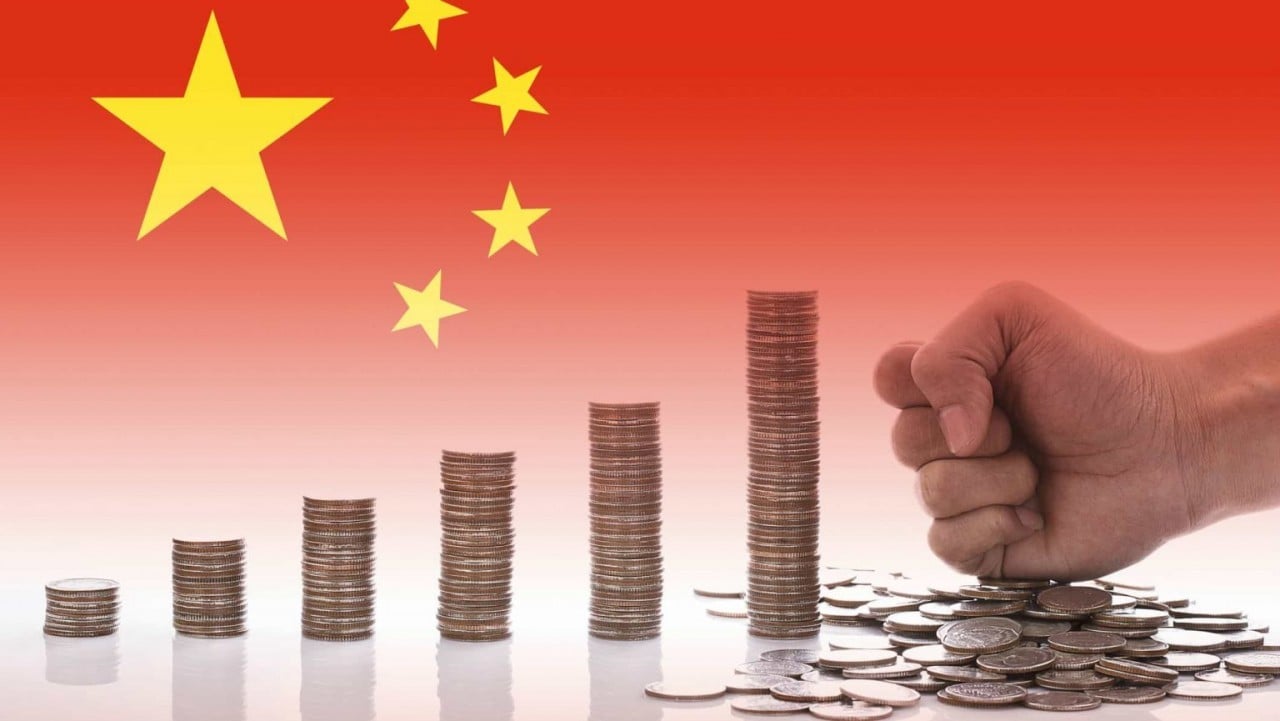 |
| The Chinese economy has been disappointing in the first six months of 2023. (Source: Monexsecurities) |
Analysts had previously predicted that 2023 would bring a spectacular recovery to China's stock market.
Bank of America's forecast also argues that while the recession will affect the rest of the world , China will be a "remarkable exception." The bank expects China's growth to reach its highest level in 17 years this year.
Is the growth "miracle" coming to an end?
However, the first six months of 2023 saw a disappointing performance from the Chinese economy. Industrial production and trade slowed significantly. Debt was widespread, particularly in the real estate development sector – which accounts for 30% of the economy. The private sector – which was expected to drive much of China's recovery – was also showing signs of fear.
In particular, the mechanisms that fueled the "Chinese miracle"—a three-decade-long transformation that propelled the country to global prominence—have been dismantled.
Take the demographic issue, for example. China's working-age population is aging, and youth unemployment is at a record high. Official data shows that approximately 20.4% of those aged 16 to 24 were unemployed in April 2023. This is the highest official figure since 2018.
Meanwhile, the bubble in China's real estate market has burst. And given the central role of real estate in the economy, this painful process could continue to drain money from households, banks, and local government networks.
Furthermore, major investors are increasingly abandoning this once-promising country. The Chinese government 's tightening control over private enterprises in the past has also deterred businesses from taking risks, while deteriorating relations with the West have reduced foreign investment.
Data shows that foreign direct investment (FDI) into China fell by 48% in 2022, to just $180 billion. Meanwhile, FDI as a percentage of GDP also declined to below 2%, from more than double that level 10 years ago.
Furthermore, competition for investment capital with neighboring countries like India and Vietnam is intensifying as international companies seek to diversify their supply chains to mitigate risks.
Goldman Sachs' chief economist for Asia-Pacific, Andrew Tilton, stated in a research report: “Amid a weakening Chinese economy, investors have been seeking opportunities elsewhere in the region. Investor sentiment toward China has weakened further, and in our view, it is at its lowest point we’ve only seen a couple of times in the last decade.”
Linette Lopez, a senior reporter for Insider , also noted that trade is crucial for China right now. It's an ideal time to boost exports and attract global investment.
But geopolitical tensions have led the U.S. – China's largest trading partner – to decide to "reduce risk" from the country. Many American corporations are looking to move operations elsewhere. According to management consulting firm Kearney, last year China accounted for 50.7% of U.S. imports from Asia; this figure has decreased from over 70% in 2013.
According to Leland Miller, founder of China Beige Book, the Chinese economy may be reopening, but it's not necessarily fully functioning again.
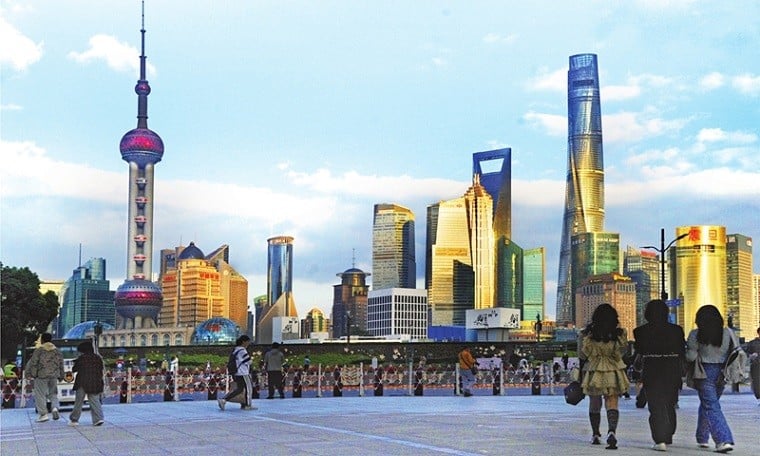 |
| The world's second-largest economy will accept slower growth. (Source: VCG) |
Choose low growth to reduce debt.
At the heart of China's problem is debt. For many years, the country's growth came from infrastructure and real estate development.
But the Wall Street Journal argues that the world's second-largest economy has relied on borrowing to fund everything from massive bridges to new apartment buildings.
Data from the Bank for International Settlements (BIS) shows that, as of September 2022, the total outstanding credit extended to China's non-financial sector was $49.9 trillion, more than three times higher than 10 years earlier.
In addition, China's total debt relative to its Gross Domestic Product (GDP) reached 295% last September, exceeding 257% in the US and the average of 258% in the Eurozone.
To repay debt, Chinese consumers are increasingly hoarding cash, with many refusing to borrow from banks for investment.
Private businesses are also making little new investment, despite Beijing's efforts to encourage spending. Local governments are also cutting spending on everything from roads to workers' wages in an effort to keep debt under control.
Nicholas Borst, Director of China Research at Seafarer Capital Partners, noted that businesses and local governments that previously borrowed heavily are now focused on repaying debt, making them less likely to inject money into new projects. This will accelerate GDP growth.
However, it appears the world's second-largest economy will accept slower growth. In a government work report released by Premier Li Keqiang on March 5, China set a target of around 5% economic growth in 2023, one of the lowest in decades.
Arthur Kroeber, founding partner of research and consulting firm Gavekal Dragonomics, stated: "China's policy will continue to lean toward debt reduction wherever possible, even if it slows growth."
He estimates that China's baseline growth rate could slow to 2-4% in the next decade, down from 6.2% in the past decade.
Reporter Linette Lopez asserted: "As investors shift their attention to short-term improvements regarding the pandemic, they will begin to see that, in the long term, the Chinese economy has completed its transition from strong, rapid growth to slow, sustained growth."
Source








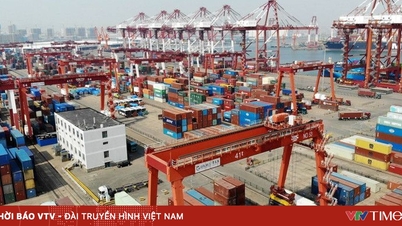




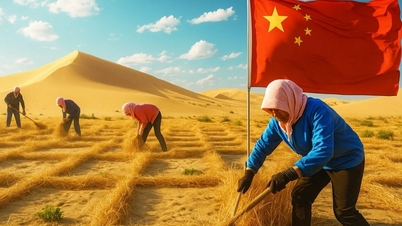



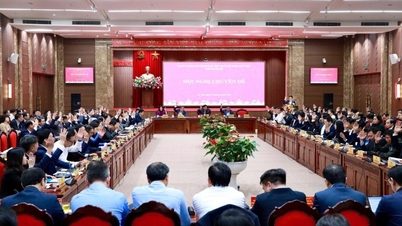








































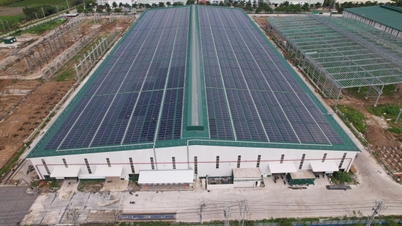

























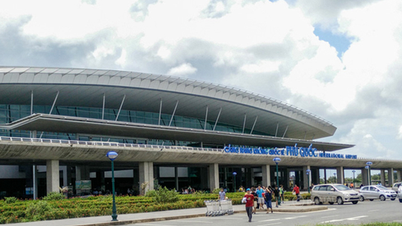
























Comment (0)